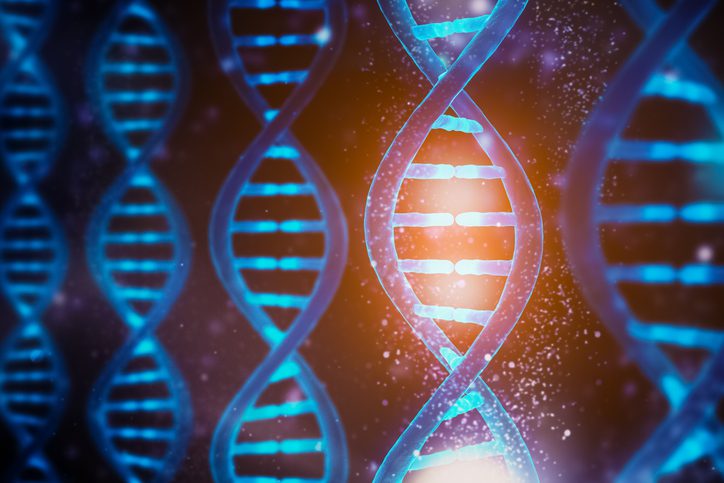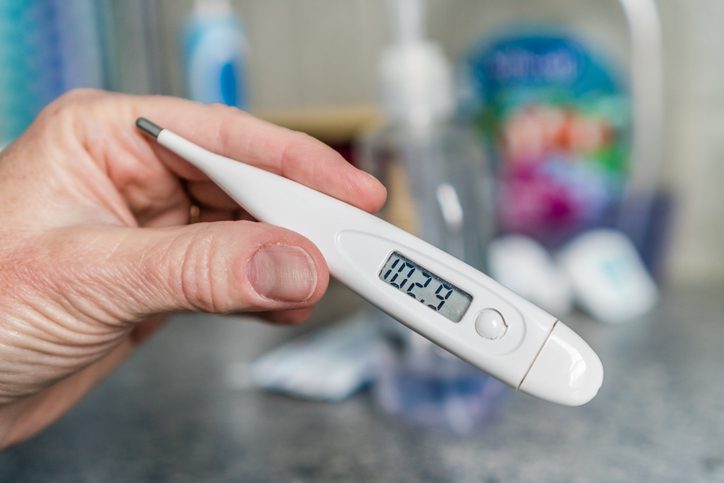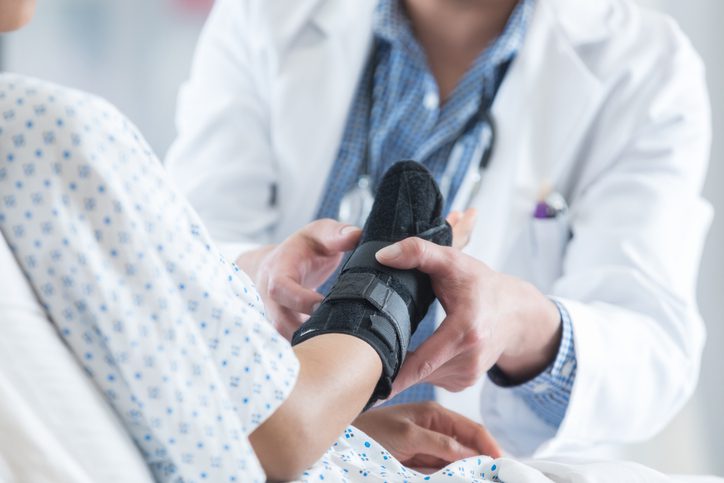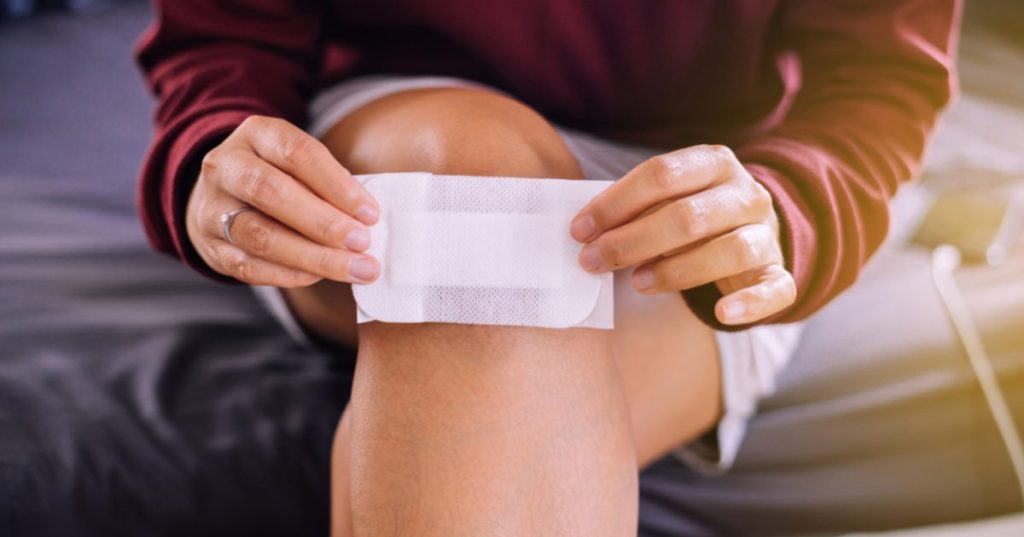Trending Now
Most people have probably cut their finger slicing vegetables or burned their hand taking cookies out of the oven and wished, at least for a moment, that you didn’t have to feel the pain.
The thing is, of course, that pain serves multiple purposes in human lives, and without it, multiple challenges arise.
If you’re curious what it’s like to live a life with no pain, here are 8 truths about living that reality.
8. It’s an extremely rare disorder.

Image Credit: iStock
While there’s not a definitive count as far as exactly how many people suffer from congenital insensitivity to pain across the world, we are sure it’s super rare.
In the States, there are only 100 reported cases in total, while Japan turns in slightly higher numbers, with 300 total citizens suffering.
7. It’s due to a genetic mutation.

Image Credit: iStock
There are two ways the condition presents: congenital insensitivity to pain (CIP) and congenital insensitivity to pain with anhidrosis (CIPA).
Both are caused by genetic mutations that interrupt the transmission of pain signals to the brain, and the conditions can both impact the sweat glads and temperature regulation.
6. They might lack a sense of smell, as well.

Image Credit: iStock
Anosmia, which is the complete loss of the sense of smell, is caused by the same genetic mutation as CIP and CIPA.
The mutated genes can also interfere with the neurons that transmit smell-related information to the brain.
5. They tend to also suffer regular, high fevers.

Image Credit: iStock
People who suffer from CIPA often face fevers due to their body’s inability to produce sweat, which leads to trouble regulating temperature.
With no way to return their body’s temperature to normal it can just keep growing, and we all know that can be super dangerous.
4. Yes, they hurt themselves on accident – often.

Image Credit: iStock
People with CIP are completely impervious to pain, including temperature, and young children are the most likely to hurt themselves accidentally.
It’s common for kids to injure their cheeks, tongues, lips and fingers by chewing on them.
3. Kids, especially, struggle to cope.

Image Credit: iStock
They are likely to have learning disabilities that interfere with things we take for granted, like conceptual thinking.
They’re also more likely to have behavioral disorders like ADHD, irritability, and trouble managing their anger.
2. Seizures are also a common side-effect.

Image Credit: iStock
Those extremely high fevers that plague people with CIPA can also cause febrile seizures, typically in children between 3 and 18 months old.
They last a few moments, though some can last longer, and fever-induced seizures can also strike adults as well.
1. There’s no cure.

Image Credit: iStock
Without a cure, doctors are left to help patients manage as best they can. Specialists exist to provide support, and of course parents and caregivers of young kids have strategies to limit those unintentional injuries whenever possible.
Research on treatment is on the horizon, with a study back in 2015 claiming to have been able to give the sensation of pain back to a woman, but nothing concrete is available yet.
I never thought I would be happy to be able to feel pain, but I guess I kind of am.
If you’ve got any firsthand experience with something like this, give us your take in the comments!






